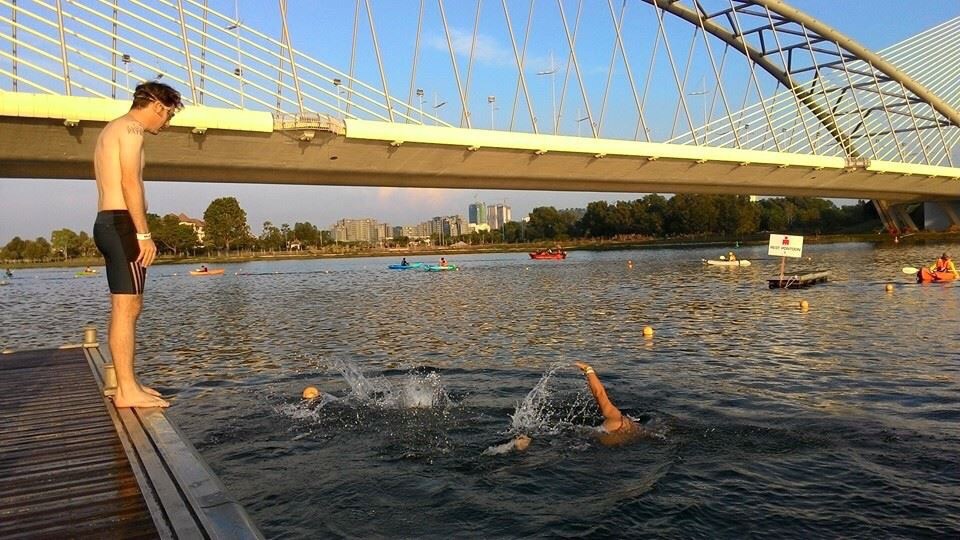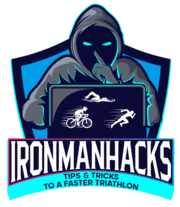Did I tell you that when I started this sport I couldn’t swim 50m without stopping? And by “swim” I mean vaguely propel myself along the surface of the water in one manner or another without ingesting too much of it into my windpipe?
It was a pathetic form of breast stroke, only worse.
So I hired a swimming coach. This guy was a Singapore Special Forces Navy Diver and had trained with the Navy SEALS in San Diego. He even had a certificate he showed me, along with photos. He had done full Ironman races, too.
He had a tattoo of a frog on his ankle.
He was good, and he got me to a respectable stroke. It took a long time – at least 6 weeks – but by the end of it I was ready for an open-water race. But I was still horrible.
Right before the race he gave me one good point which I won’t forget. “Feel and taste the water before you swim.”

Feel the temperature. Don’t let it startle you. Is it too cool, too warm, or just right?
Get used to it.
Taste the salinity. Is it at all unpleasant? Any fishy or diesel smell? If so, get over it now so it’s not a surprise later.
Get used to it.
This has really set me at ease in a few races. At the 2019 70.3 World Championship in Nice I was expecting a cold swim. But I felt the water in advance and it was comfortingly warm, and that was then one less thing to worry about.
Taste the flavor. If it’s sea or ocean water how salty is it? If it’s freshwater how gross is it? My first 70.3 in Putrajaya, Malaysia was in a freshwater river.
It was more like a stagnant pond, as it was murky and had no current.
Actually, it was brown. So I tasted it, reluctantly, and noticed it had no real flavour. OK, nothing to worry about.
I survived. And could worry about other things.
So the point is, don’t let your first stroke be a surprise. Get used to it in advance and ensure that’s one more variable you don’t have to worry about when the swim starts.
